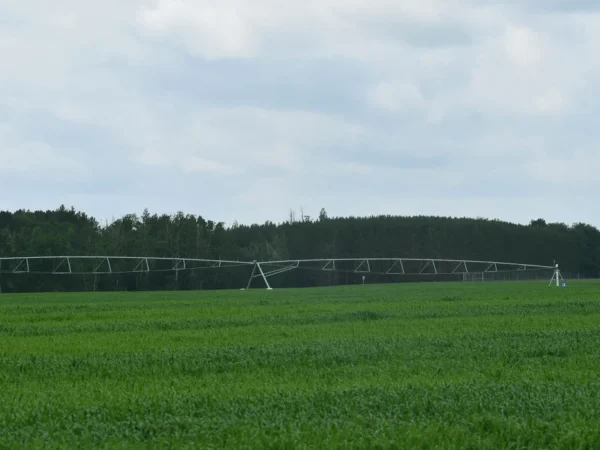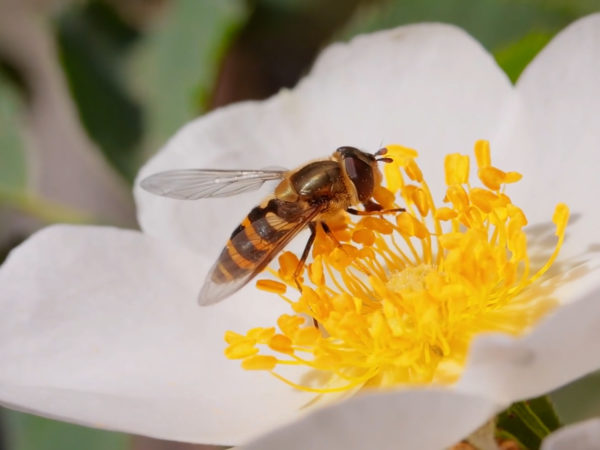
PFAS, short for per- and polyfluoroalkyl substances, are a group of widespread man-made chemicals that don’t break down in the environment or the human body and have been flagged as a major contaminant in sources of water across the country.
Keep up with PFAS-related developments in the Great Lakes area.
Click on the headline to read the full story:
Indiana:
- Purdue University continues study into Clark’s Marsh PFAS – Iosco County News-Herald
Of the sites in Oscoda Township contaminated by per- and polyfluoroalkyl substances, Clark’s Marsh has been referred to as a “hot spot” for several years. Purdue University has been studying this particular location, and an update on their efforts was shared during a virtual community meeting Oct. 20, hosted by the Michigan PFAS Action Response Team.
Michigan:
- One type of PFAS prevalent in fish in contaminated waters – Michigan Radio
One chemical in the PFAS family is showing up more often and in greater concentrations in fish – PFOS.
“We do have a pretty heavy data set. We’ve analyzed over 2,000 (fish) filets across the state for PFAS. And if you look at the average concentration of PFAS, individual PFAS in an average filet PFOS, makes up 82% of the total PFAS in that average filet,” said Brandon Armstrong, an aquatic biologist with the Michigan Department of Environment, Great Lakes, and Energy during a presentation on an online PFAS summit.
Wisconsin:
- PFAS: Rules on firefighting foam mired in dispute over definitions – Wisconsin State Journal
Nearly two months after a new law went into effect restricting the use of hazardous firefighting foams, the Wisconsin Department of Natural Resources is still trying to write rules for enforcing it amid disputes over what is considered foam and how to define effective treatment.
Passed late last year on a bipartisan vote, Act 101 restricts the use of foam containing compounds known as PFAS to emergency situations and testing facilities with “appropriate containment, treatment and disposal measures.”
The law doesn’t define those containment, treatment and disposal measures, however. That’s up to the DNR to do through a rulemaking process.
National:
- ‘Forever chemicals’ can have far-reaching consequences, need more regulation in Canada, scientists say – CBC Radio
Unlike pesticides or pharmaceutical drugs, a significant portion of the more than 6,300 different types of PFAS on the market have little to no data on their use, toxicity and chemical structure and are not currently regulated or restricted in Canada, according to a report by the Canadian Environmental Law Association.
- PFAS Regulations for Groundwater Could Be Imminent – Bloomberg Law
Lathrop GPM LLP attorneys say more federal and state action on PFAS in groundwater is likely under a Biden administration, but is also possible under another Trump administration. They say companies facing potential liability should prepare for more regulation regardless of who wins the election, and they suggest specific steps to do so.
Catch up with PFAS news on Great Lakes Now:
Michigan PFAS activist has cancer, says she’s not surprised
Citizen Excellence: Sandy Wynn-Stelt receives EPA award for efforts to combat PFAS
Indiana universities receive grants to study PFAS impact on water quality
PFAS News Roundup: Huron River contamination levels drop, New York PFAS cleanup could be delayed
PFAS News Roundup: Landfills, Wisconsin action plan, AGs urge congress to be tough on PFAS
PFAS Progress: Michigan continues legislative push for more action against PFAS
API key not valid. Please pass a valid API key.Featured image: (Image from Michigan EGLE’s Michigan PFAS Action Response Team)




